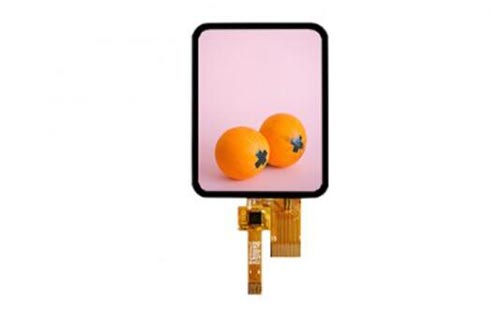What type of touch screen is best?
Views: 502 Update date: Nov 07,2024
The best type of touch screen depends on your specific needs and intended use. Here’s a comparison of the main types of touch screens—capacitive, resistive, and others—along with their advantages and best use cases:
- High Sensitivity: Responds quickly to light touches and supports multi-touch gestures (like pinch-to-zoom).
- Better Visual Clarity: Usually have better color accuracy and clarity because they don’t require additional layers that can affect display quality.
- Durability: Typically more resistant to scratches and wear.
- Best For:
- Smartphones and Tablets: Ideal for devices requiring precise touch inputs and multi-touch capabilities.
- Interactive Displays: Great for kiosks or tablets used in retail or information displays.
- Cost-Effective: Generally less expensive to produce and implement.
- Works with Any Object: Can be operated with a stylus, finger, or any object, including gloves.
- Good for Harsh Environments: More durable in environments where water or dust is an issue.
- Best For:
- Industrial Applications: Suitable for machines or equipment used in manufacturing or outdoor environments.
- Budget Devices: Often found in lower-cost devices where touch accuracy isn’t as critical.
- For Specialized Applications: If you need a touch screen for industrial applications or environments where users might wear gloves or use other tools, resistive touch screens could be more appropriate.
- For Budget Considerations: Resistive screens are often more affordable, making them suitable for budget-conscious projects.
Ultimately, the “best” type of touch screen depends on the specific application, user experience requirements, environmental conditions, and budget constraints.
1. Capacitive Touch Screens
- Advantages:- High Sensitivity: Responds quickly to light touches and supports multi-touch gestures (like pinch-to-zoom).
- Better Visual Clarity: Usually have better color accuracy and clarity because they don’t require additional layers that can affect display quality.
- Durability: Typically more resistant to scratches and wear.
- Best For:
- Smartphones and Tablets: Ideal for devices requiring precise touch inputs and multi-touch capabilities.
- Interactive Displays: Great for kiosks or tablets used in retail or information displays.
2. Resistive Touch Screens
- Advantages:- Cost-Effective: Generally less expensive to produce and implement.
- Works with Any Object: Can be operated with a stylus, finger, or any object, including gloves.
- Good for Harsh Environments: More durable in environments where water or dust is an issue.
- Best For:
- Industrial Applications: Suitable for machines or equipment used in manufacturing or outdoor environments.
- Budget Devices: Often found in lower-cost devices where touch accuracy isn’t as critical.
3. Other Touch Technologies
- Infrared Touch Screens: Use infrared sensors to detect touch. Good for large displays and can be used with gloves but may suffer from issues with dirt or debris blockages.- Surface Acoustic Wave (SAW): Utilizes ultrasonic waves. Offers high clarity and durability but can be affected by contaminants on the screen.
Summary of Recommendations
- For General Use: Capacitive touch screens are generally considered superior due to their responsiveness, durability, and visual quality. They are ideal for smartphones, tablets, and interactive displays.- For Specialized Applications: If you need a touch screen for industrial applications or environments where users might wear gloves or use other tools, resistive touch screens could be more appropriate.
- For Budget Considerations: Resistive screens are often more affordable, making them suitable for budget-conscious projects.
Ultimately, the “best” type of touch screen depends on the specific application, user experience requirements, environmental conditions, and budget constraints.




